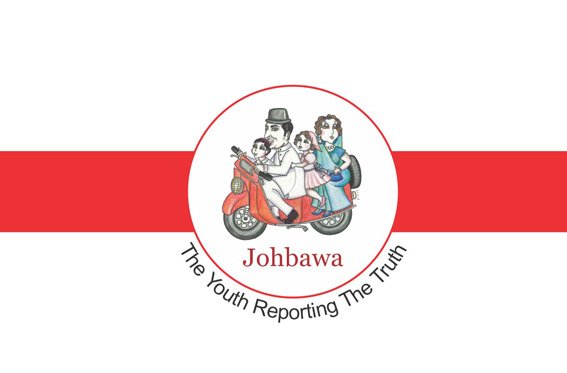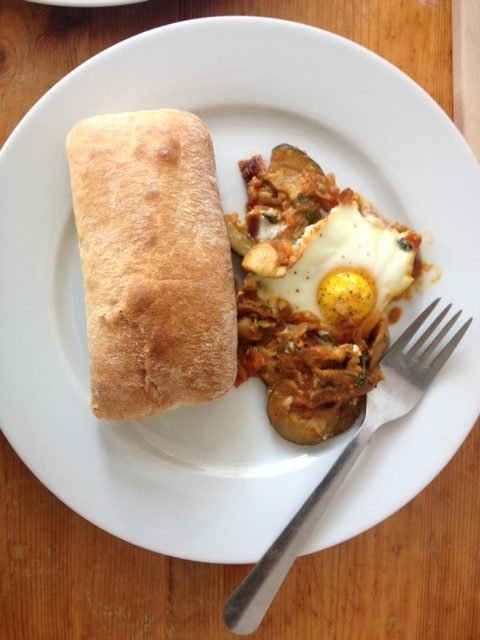Exhibitions on Parsi role in building Mumbai
Union minister Mukhtar Abbas Naqvi on Sunday opened an exhibition here on how Parsi traders used gains from trade with China to lay the foundation of Mumbai as India’s financial capital.
The exhibition, “Painted Encounters: Parsi Traders and the Community”, traces through paintings, engravings and photographs the growth of Parsi traders who built ships for trade with Canton in the 19th century.
Parsi merchants hailing from hamlets in Gujarat and rich from the China trade commissioned Indian and European artists to paint portraits and were known patrons of these art forms.
Leading Parsi traders boosted capital accumulation and helped shape 19th century Bombay (now Mumbai) to emerge as an international financial metropolis.
The exhibition has been curated by Pheroza J. Godrej and Firoza Punthakey Mistree.
Another exhibition, “No Parsi is an Island”, is a curatorial re-reading of the work of 14 Parsi artists across 150 years. It has been curated by Ranjit Hoskote and Nancy Adajania with Pheroza J. Godrej.
“The Parsi community is an integral and important part of our national history and identity,” said Rajeev Lochan, director of the National Gallery of Modern Art where the exhibitions will end on May 29.
“Unfortunately, time and again, they have been regarded as ‘others’ by many. This exhibition is crucial in highlighting that they are as much a part of our collective past, present and future,” he said.
Published on Business Standard





